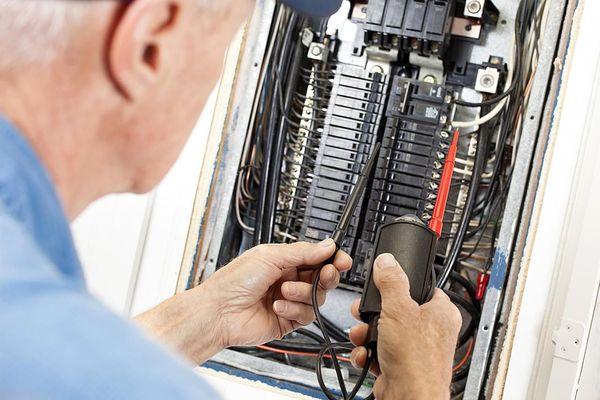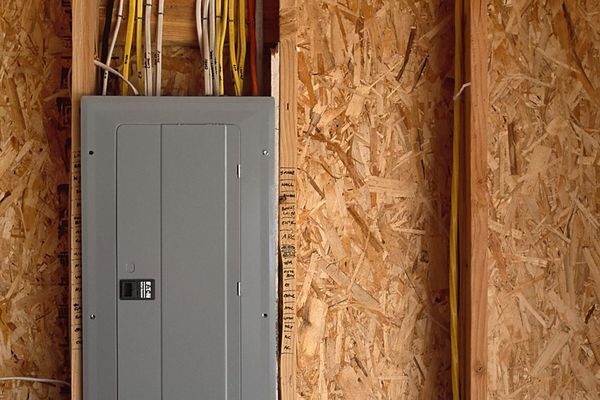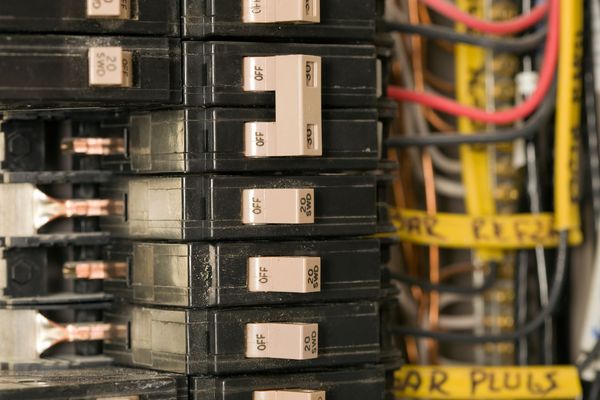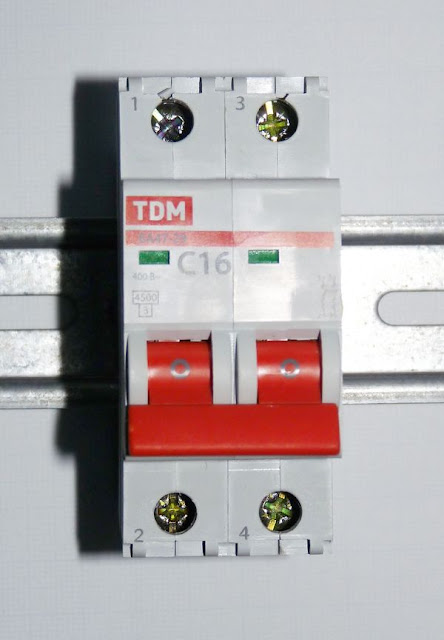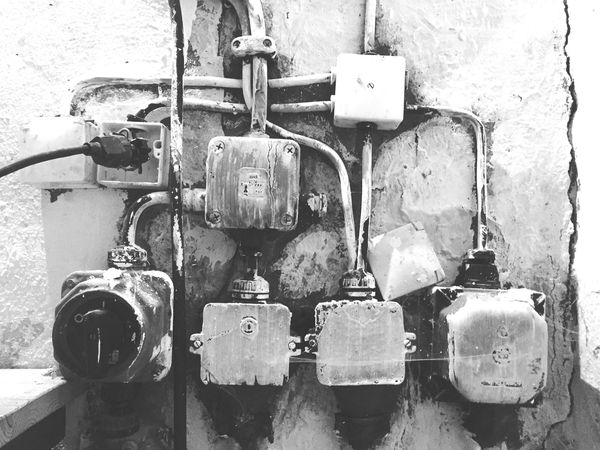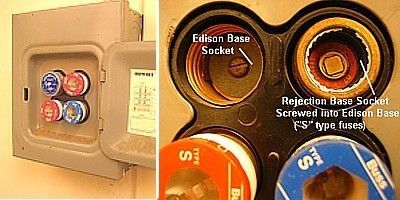ARE YOUR LIGHT BULBS BURNING OUT EARLY
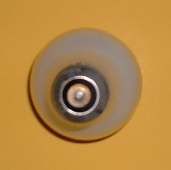
Light bulbs are an important part of each and every home. Typically, incandescent bulbs have a lifespan of around 900 hours. Based on usage of the bulbs for a period of eight hours a day, a bulb should last roughly about four months. If you have replaced bulbs recently and the lifespan doesn't seem to be all that it should, the cause may be problems with the fixture itself. Let's look over some possible causes of light bulb failure in you home. It's better to find these problems sooner than later. Some may lead to electrical shorts or even a fire in your home. High Voltage in the Home If the supply voltage to your home is too great, bulbs will generally burn brighter and burn out much faster. To find out, use a volt meter and check the voltage in an outlet or at the service panel. Usually, you'll like to see a voltage of 115 - 125 volts. Anything more is considered excessive and the utility company should be called to correct the problem. E


